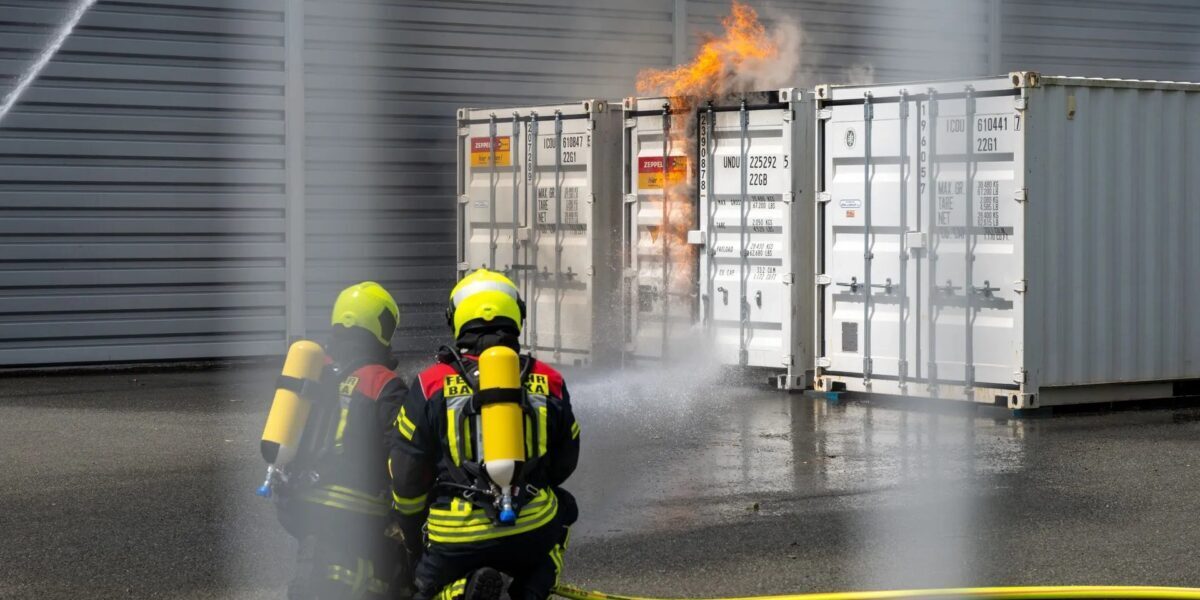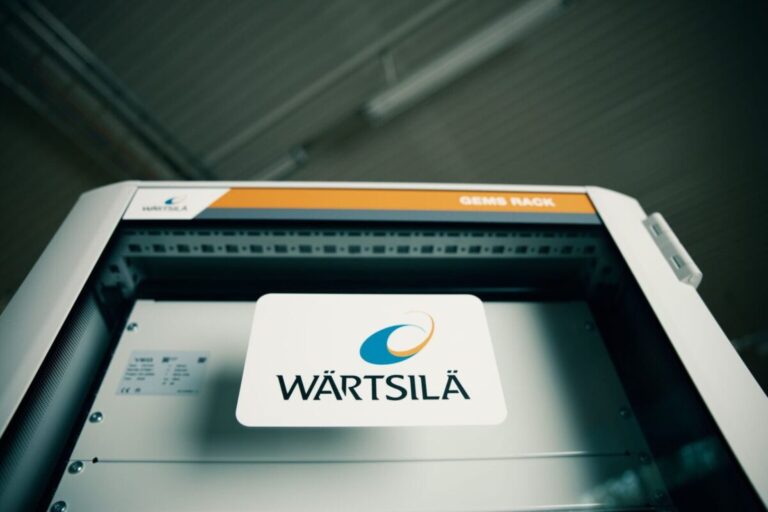Finland-based Wärtsilä Energy has upgraded its GEMS digital energy platform to transform the way GWh-scale battery energy storage (BESS) projects are managed in Australia.
Wärtsilä Energy has launched an upgrade of its GEMS software product. It claimed this will change the way GWh-scale BESS is managed in Australia.
The GEMS digital energy platform connects energy assets to markets and monitors, controls and optimizes assets at both site and portfolio levels, with the new iteration, GEMS 7, operating autonomously to support multi-GWh scale energy storage projects.
In Australia, Wärtsilä uses the GEMS management system at project sites it has built, including South Australian AGL Energy Torrens Island 250 MW/250 MWh BESS, and in New South Wales Origin Energy’s Eraring Power Station, Stage 1 BESS (460 MW /920 MWh). MWh) and Phase 2 BESS (240 MW/1,030 MWh).
Like previous versions, GEMS 7 provides a single, unified platform on which factory owners can control and monitor project hardware, including BESS, renewable and thermal generation assets, as well as the entire balance of factory assets.
The new version allows users to quickly and easily comply with dynamic utility and market regulations while adapting to renewable energy sources.
Ruchira Shah, Managing Director of Wärtsilä Software Product Management, said pv magazine that the technology is well suited to the specific challenges of the Australian energy market and matches the country’s 32 GW of renewables by 2030. It also includes extensive alarm functions and algorithms to enable cell balancing and state of charge calibration.
“There are numerous benefits to the GEMS 7 update,” Shah said. “Not only are we making this possible now large-scale projectsbut we also enable a more intuitive visualization of those projects… For small projects it is easy to visualize a site on one screen because there may be only a few inverters and battery units. For a large project, you need the ability to zoom in and out on different parts of your factory. GEMS 7 makes this possible.”
Shah said the desire and need to continually update the GEMS platform to meet customer needs has been a driver for the latest version.
“Two of the biggest trends we are seeing from customers are a move toward larger BESS sizes and increasing complexity in grid code requirements and a desire for batteries to provide advanced functionality such as synthetic inertia, black start and scheduling,” said Shah. “Our GEMS 7 update is intended to support customers as they transition to larger BESS sizes, while maintaining our solid architectural platform that allows customers to quickly meet dynamic market requirements.”
Key features of GEMS 7 include the ability to monitor multi-GWh scale BESS facilities in a fraction of a second, while providing asset visibility at the battery cell level using more comprehensive visualizations for the management of large locations.
GEMS 7 provides the ability to limit remote site monitoring, reduce latency for rapid response events (critical in Australia) and provide continuous data access at the module level. The platform also features site partitioning to allocate different revenue streams.
“Overall, GEMS benefits customers by providing a platform that is easily adaptable to new markets and new grid code requirements, meaning that when a new market becomes available, customers can quickly enter that market if it is lucrative,” said Shah. “Another advantage of our platform is that we store data at module level. This allows us to see operational issues that may be going unnoticed or missing from that data.”
This content is copyrighted and may not be reused. If you would like to collaborate with us and reuse some of our content, please contact: editors@pv-magazine.com.
Popular content



